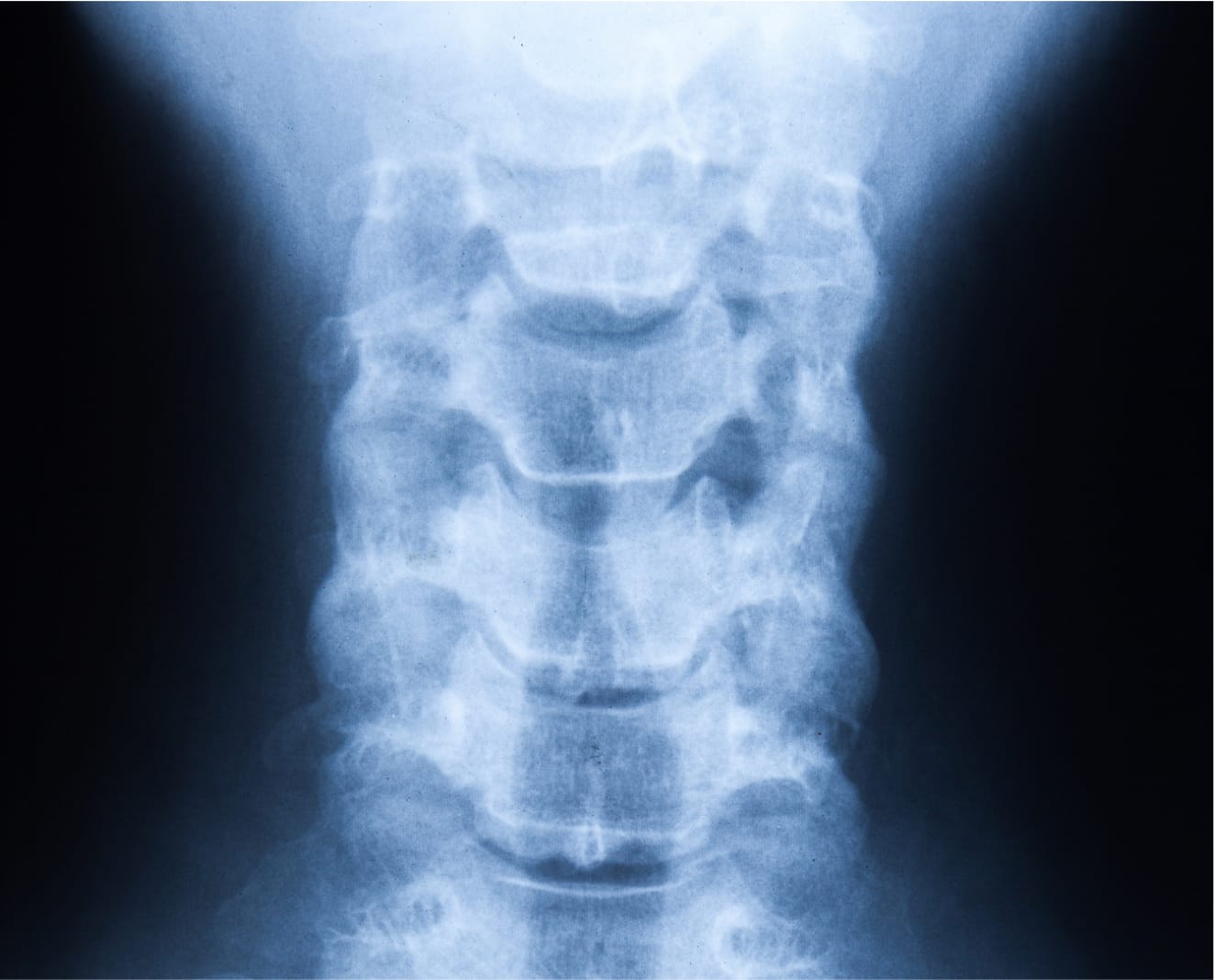With a compression fracture, the vertebral body (round, cylindrical portion) cracks or collapses. A compression fracture can occur when the force exerted on the spine is too great or the strength of the bone has been compromised by disease or age.
Osteoporosis, cancer, and long-term use of steroids or other drugs can decrease bone mass, increasing the risk for fracture. When multiple compression fractures occur, loss of height or spinal deformities such as a dowager’s hump may result.
Sudden onset of back pain, out of proportion to the activity at hand, may indicate a compression fracture. Patients with osteoporosis are especially vulnerable; everyday activities like bending over or lifting a bag of groceries can cause the vertebra to fracture or collapse. Unfortunately, compression fractures tend to be under-reported and under-diagnosed primarily because they are not always painful. Many patients mistakenly attribute the pain of compression fractures to aging or “a bad back.” Compression fractures can be easily confused with other back problems, so it’s important to obtain a diagnosis and receive treatment.
 CT Scan demonstrating L1 Compression Fracture
CT Scan demonstrating L1 Compression Fracture
Just one fracture can disrupt the alignment of the spinal column and put stress on adjacent vertebrae, thereby increasing the risk for another fracture. Left untreated, the broken vertebra will eventually heal in its fractured position. Dr. Stieber’s approach involves medical management of the underlying disorder (e.g., osteoporosis) in addition to repair of the broken bone.

Two minimally-invasive procedures that can alleviate the pain of compression fractures are vertebroplasty and balloon kyphoplasty. Both techniques involve the injection of bone cement into the vertebra to stabilze the fracture. Vertebroplasty “sets” the vertebra in its fractured position; balloon kyphoplasty uses orthopaedic balloons to return the vertebra to its original shape (when possible) before stabilizing the fracture with bone cement.
© Stieber MD. All Rights Reserved. Designed & Developed by Studio III
Alternate Phone: (212) 883-8868